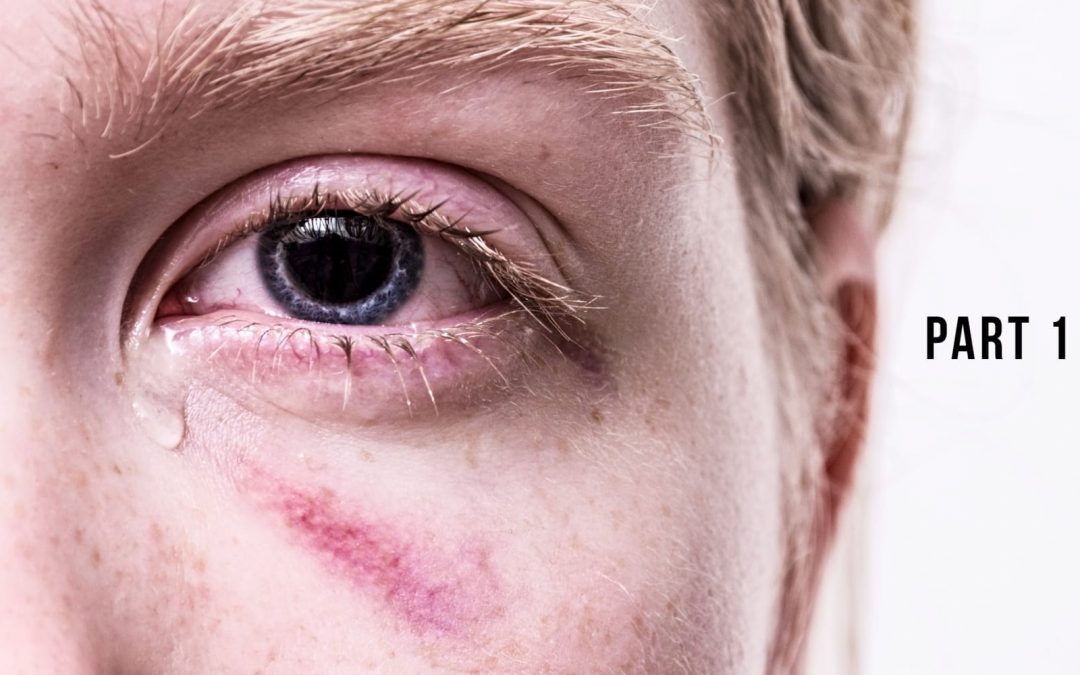We need to acknowledge #metoo and #churchtoo happens in all our communities and congregations.
In case you’ve missed it, the #metoo movement started back in the fall of 2017 as a social media movement against sexual harassment and sexual abuse.
It began a floodgate of people (millions!), both famous and ordinary people, sharing their stories of sexual assault, acknowledging it had happened to them.
Shortly after the #metoo movement began, the #churchtoo movement began on social media, inviting people to acknowledge that sexual harassment, abuse and assault happens within church and faith communities too.
This movement continues to bring to light stories of harmed individuals and stories of our failure as religious communities and institutions to respond well to sexual harassment, abuse and assault.
Yes, I know far too many stories of #metoo and #churchtoo happening among our faith communities, in our churches, in our camps, in our youth groups, in our kids’ ministries, in our families and in our neighborhoods.
Heartbreaking stories.
Stories that made me literally sick to my stomach.
Stories that make me shudder at how victims have been treated by church processes and leaders.
Stories that make me weep with the damage done, that rarely has been fully acknowledged.
Stories that make me shake my head, and my fists, at leadership.
Stories that make me cry out, “How long, O Lord?”
Stories that make me long for justice.
May your story be brought into the light, and may it be a safe place for truth and a safe place for you to begin healing.
I long for our churches to be a safe haven – where victims are believed and people know how to respond to them with compassion and helpful steps.
“If it takes a village to raise a child, it takes a village to abuse one,” said Mitchell Garabedian in the film, “Spotlight.”
We need to acknowledge and be willing to examine what has allowed for ongoing cases of harassment and abuse to happen in our village.
What is it about our environment, culture, opportunities and systems that could be contributing in small or big ways to a village – a church – where this kind of treatment continues to take place?
As I begin to brainstorm, here are some of the things I believe we need to be willing to question in our faith communities: religious patriarchy, nepotism, some of the teachings around the purity culture, taboo topics for discussion, over-emphasis of certain theologies like grace and forgiveness over other theologies like caring for the oppressed and brokenhearted.
Add to this the power given to leaders, our leadership structures, misunderstanding and bad teaching around what it means to “submit” to one another, our interconnectedness and inbreeding that leads to a culture of secrecy and self-protectiveness, just to name a few.
Let’s be willing to bring everything into the light and examine these things carefully for how they may be contributing to church culture where #metoo and #churchtoo is allowed to continue and victims are silenced.
Editor’s note: This is the first of a two-part series. Part two is available here. A version of this article first appeared on One Neighborhood, the blog of Canadian Baptist of Atlantic Canada’s Youth and Family Department. It is used with permission.
Renee Embree is director of youth and family ministries with the Canadian Baptists of Atlantic Canada (CBAC) and the director of Youth and Young Adult Ministry Studies at Acadia Divinity School in Nova Scotia.

